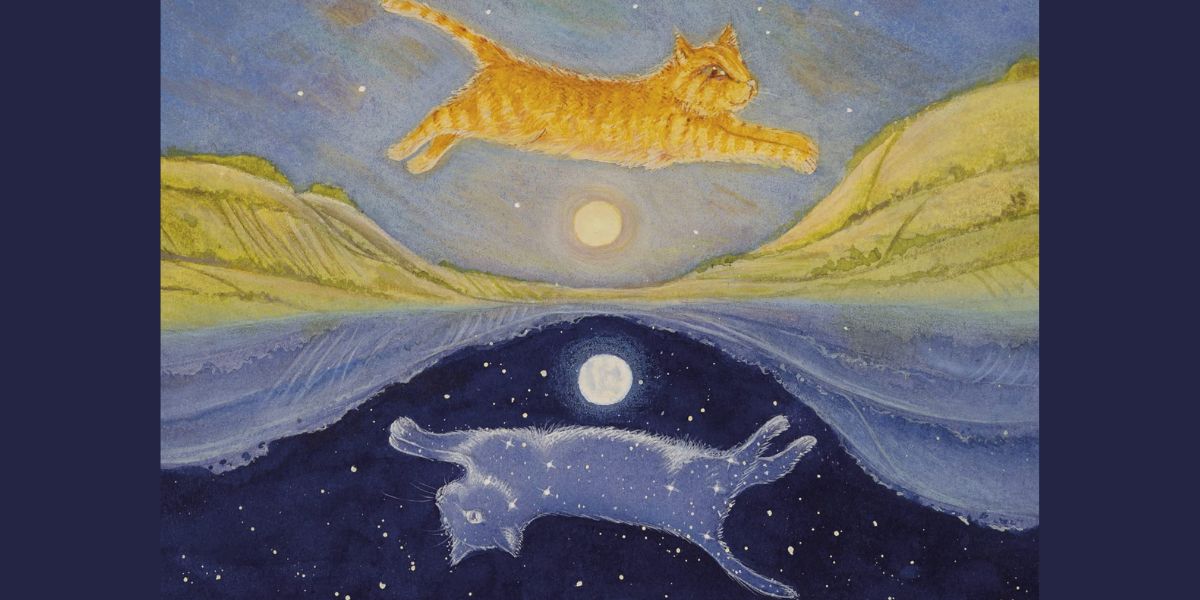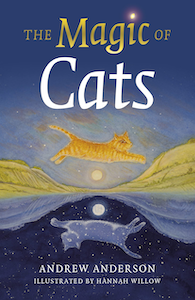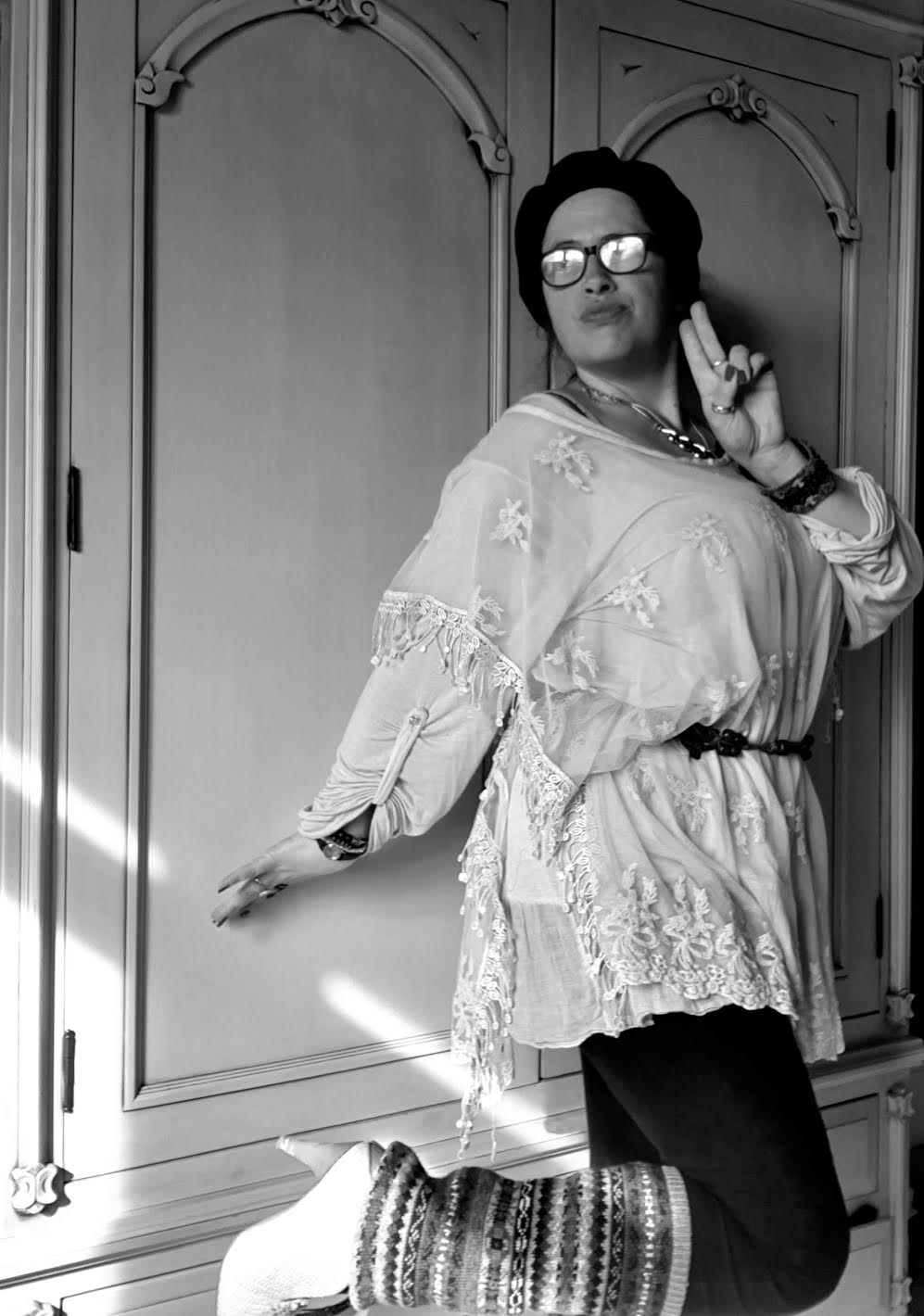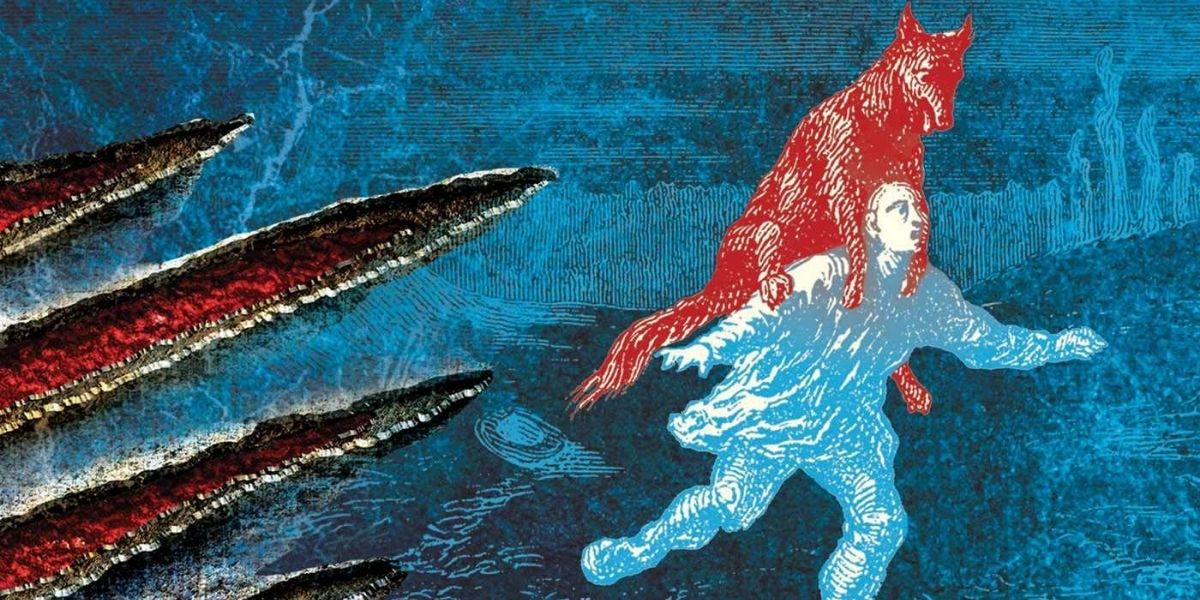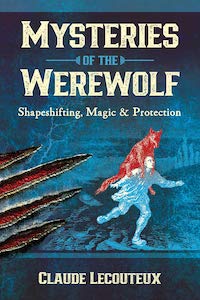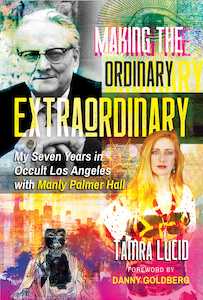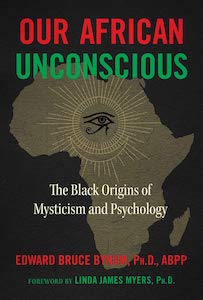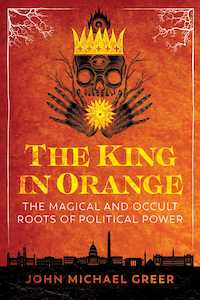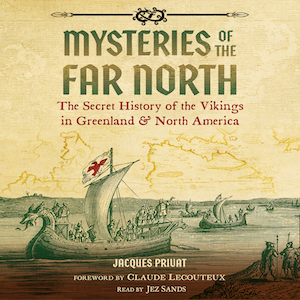
Mysteries of the Far North: The Secret History of the Vikings in Greenland and North America, by Jacques Privat
Inner Traditions, 164411447X, 456 pages, March 2023
Mysteries of the Far North: The Secret History of the Vikings in Greenland and North America by Jacques Privat (translated by Jon E. Graham) is a captivating and thought-provoking book that breaks new ground in the exploration of the history of the Scandinavian Arctic, particularly Greenland. Privat’s dedication to dispelling isolationist theories and shedding light on the complexities of the Arctic’s past is commendable. This comprehensive and well-researched work challenges long-held assumptions and gives readers a fresh and inclusive perspective on the region’s evolution.
The book goes beyond a simple travelogue and delves into the rich history, geography, and challenges faced by Arctic inhabitants. Privat artfully weaves scientific knowledge, historical accounts, and personal anecdotes together to create a well-rounded and informative narrative. The journey begins with the remarkable dominance of the Inuit people in the Arctic and the existence of a thriving Scandinavian colony in Greenland during the Middle Ages. Contrary to popular belief, Greenland was not an isolated outpost but a frequently visited region by sailors, hunters, and European expeditions long before Columbus’s famous voyages.
Much of the book explores the dynamic relationship between the Church and Scandinavian colonists in Greenland. Privat skillfully navigates the positive and negative effects of the Church’s influence, including disputes that led to the departure of some colonists. The book paints a nuanced picture of the interactions between the Inuit and Scandinavian communities, revealing evidence of fairly good relations and potential intercultural blending.
What sets Mysteries of the Far North apart is its incorporation of European sources, particularly early European maps, to unveil the significant presence of various European nations in the Arctic. This challenges the traditional view of Scandinavian dominance and provides a more comprehensive understanding of Arctic trade and exploration.
The book’s concluding chapters are particularly intriguing, offering compelling theories about the disappearance of the Scandinavian colonists, including the possibility of Portuguese involvement and the impact of the Treaty of Tordesillas. Moreover, the book raises questions about Celtic cultural elements in Greenland and the potential influence of Irish monks who arrived before Norse colonization.
Throughout the book, Privat draws attention to the linguistic evolution of the name “Greenland” and highlights its significance in understanding the historical context. Extensive archaeological work further bolsters the arguments, bringing the past to life and adding depth to the narrative.
Privat’s writing style is rich and immersive, effortlessly transporting readers to the frozen realms of the Arctic. His vivid descriptions of vast glaciers, towering icebergs, and the mesmerizing Northern Lights make one feel as though they are experiencing the chilling Arctic winds and serene landscapes firsthand.
An outstanding aspect of Mysteries of the Far North is its insightful portrayal of the Arctic’s indigenous cultures. Privat pays homage to the wisdom and resilience of the native peoples who have thrived in harmony with the Arctic environment for generations. Their traditions, myths, and ways of life add depth to the book, fostering a profound appreciation for the Far North’s cultural diversity.
This book is a valuable resource for researchers, scholars, and history enthusiasts seeking to explore the untold complexities of the Arctic and its interactions with different cultures. Mysteries of the Far North celebrates the Arctic’s natural and cultural wonders and serves as a poignant reminder of the urgent need to protect this fragile ecosystem. Privat’s eloquence emphasizes the importance of preserving the Arctic and its unique biodiversity for the well-being of future generations.
In conclusion, Mysteries of the Far North is a compelling and groundbreaking read that challenges assumptions and invites readers to embark on an enlightening journey through the hidden intricacies of the Scandinavian Arctic. Privat’s profound knowledge and passion for the region shine through every page, providing a fresh perspective on the region’s history and serving as an excellent contribution to Arctic studies. This book is a true gem for anyone fascinated by the wonders of the Far North. It is sure to leave readers with a deep appreciation for the Arctic’s mysteries and a heightened sense of responsibility toward its preservation.
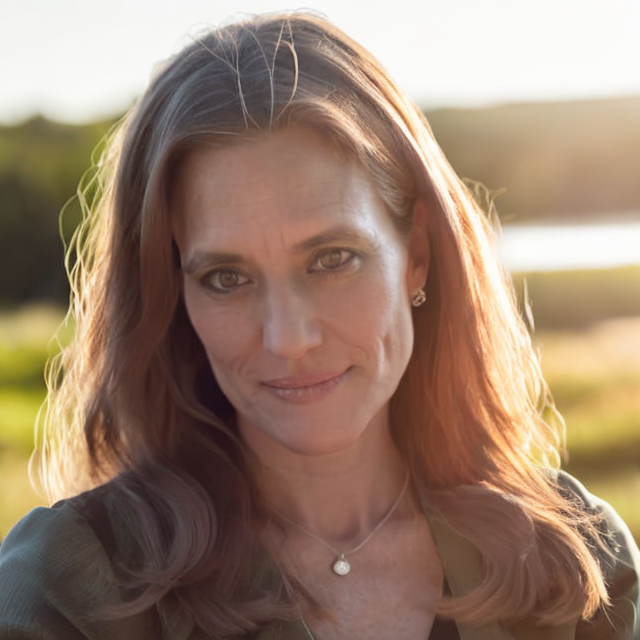
Nichole is a writer, adjunct professor and mother who is happiest in the forest or garden. She holds MA in Communication from Duquesne University and her MFA from New England College. She has leaned into the power of words for healing and spiritual journeying. Her poetry often explores the relationship between the natural world and human longing, and the magic that arises from that connection. Her academic, business, and creative writings have appeared in national and international publications.

